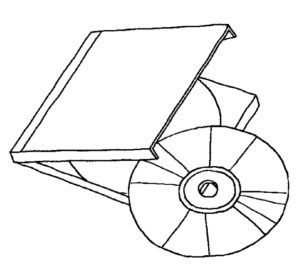Procedure:
- First, the teacher explains to the students what constitutes “beautiful” expressive reading out loud, which is then practiced. The teacher may read a short text to model poor and good reading (e.g. in boring, monotone and inarticulate voice versus expressive reading): what were the differences, what matters? The appropriate criteria are written on the board.
- Students then receive a text (individually, in pairs or groups of three), or they may select a text themselves. The students practice reading it expressively. Depending on the nature of the text, students may articulate certain roles, or they make take turns reading. (See also the helpful suggestions to reading aloud on page 38).
- After sufficient practice in expressive reading, an audio document can be made. Recordings can be made by cell phone, computer, dictation device, tape recorder, etc. It is essential that a good sound quality is achieved (sound test!).
- The finished sound documents may be played back to the classes. The recordings can and should be available for checking out and listening at home or during free reading sequences. Electronic files such as MP3s or CDs may also be made accessible to other people or classes.
Remarks:
- Important: never read aloud without prior reading practice. This oral reading practice lends itself well as a homework assignment, provided that students know exactly how and what to practice.
- Particularly suitable materials for this purpose include: shorter textual units (short stories, jokes, episodes, poems, dialogs). It may even be feasible to record a whole, but rather short book. See also instructional suggestion 1.
- The recordings can be enhanced through sound effects – music, etc, of various complexity all the way to creating a short radio play. As this will likely exceed the available HLT time budget, a lot of this work would have to be assigned as homework.
- The students must know from the beginning that an appealing product will be created (CD, collection of audiofiles, etc.). The creation of the product (CD cover) and its presentation in the internet or at parents’ events, could be additional elements of this project.
- This project is also well suitable for a collaboration with regular classroom instruction. This could involve bilingual or multilingual audio recordings, etc.
- Certain texts could also be presented live as an oral presentation to the class.







